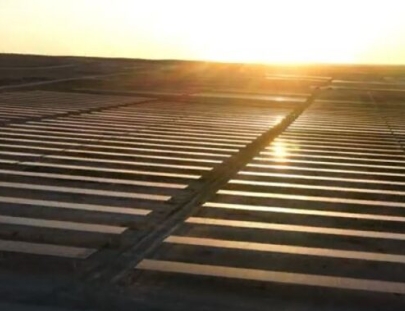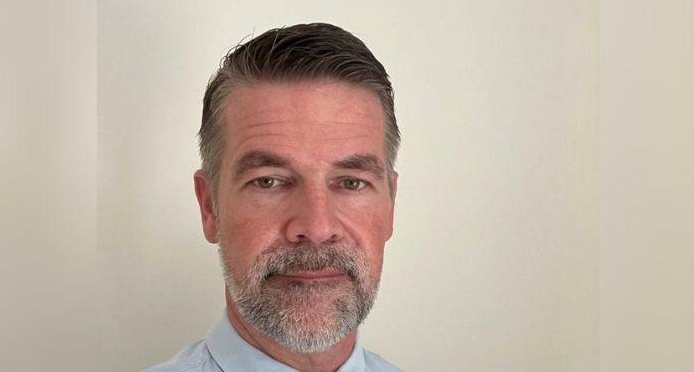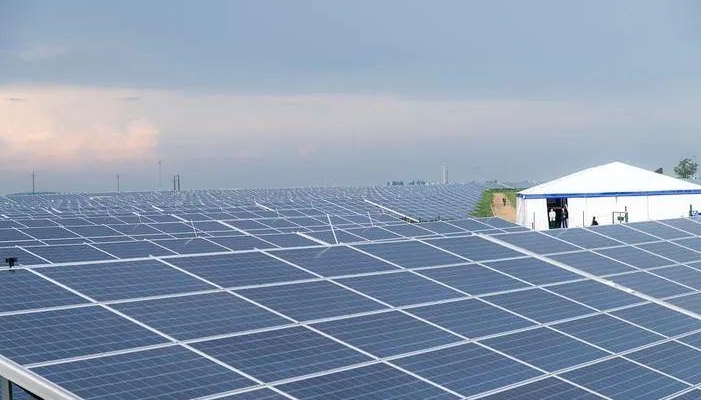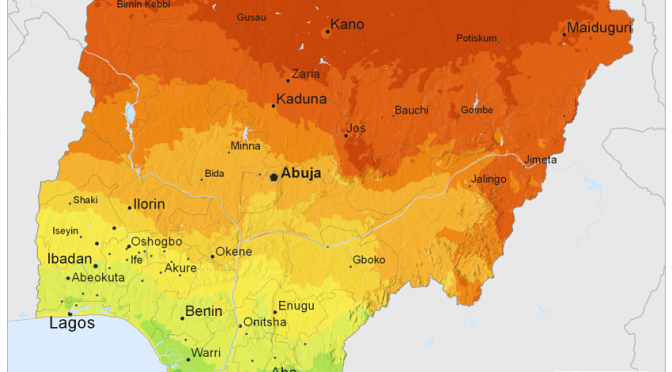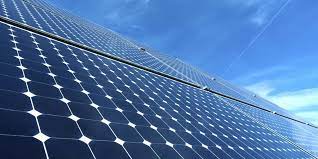Australia’s first compressed air energy storage system gets development approval.The project is being developed at the former Angas Zinc Mine site at Strathalbyn by Canadian company Hydrostor, which will provide 5MW of backup power for up to 2 hours, with 10MWh of storage capacity and will create around 40 jobs during the construction phase.
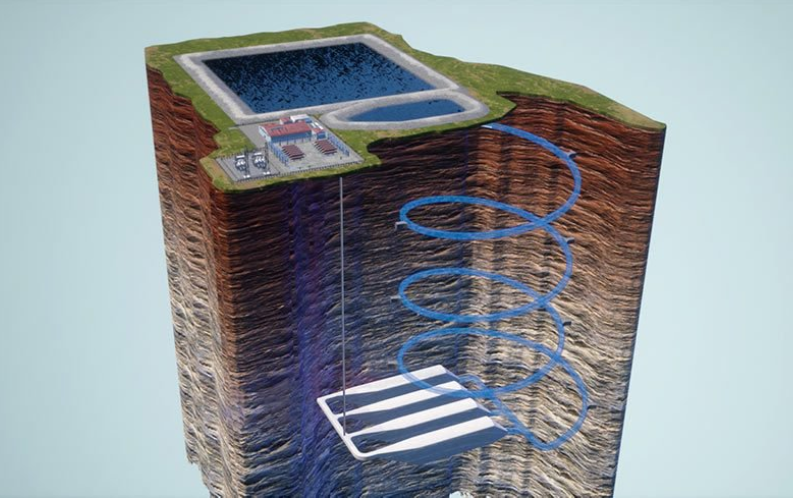
Hydrostor will re-purpose the former zinc mine site, using the structures created during the operation of the mine, including a substantial series of underground tunnels, to store pressurised air that can be used to generate electricity on demand.
“We’re excited to demonstrate the significant benefits of adding our emission-free storage solution, creating jobs and helping South Australia develop a stronger electricity grid at lower cost to consumers,” Hydrostor CEO Curtis VanWalleghem said.
As the project is able to provide fast response services, Hydrostor intends to use the demonstration project to provide frequency response and grid inertia services.
The energy system relies upon the height difference between the energy generation system built at ground level, and the underground caverns where compressed air can be stored. The hydrostatic head, or pressure, created through columns of water, will be used to store energy in the compressed air. Air storage systems will be stored in caverns located 240 metres underground.
“During charging, heat from the compressed air is collected and stored before the cooled air displaces water out of the cavern up to a water reservoir on the surface,” Hydrostar Australia’s managing director Greg Allen said.
“To discharge, water flows back into the cavern forcing air to the surface under pressure where it is heated with the stored thermal energy and drives a turbine to generate electricity.”
The round-trip efficiency of the compressed air energy storage system is estimated to be around 60 per cent and can be scaled up to provide higher generation capacities and longer periods of storage.
The project is being developed with the support of a $6 million grant from the Australian Renewable Energy Agency. ARENA hopes that a successful demonstration project could lead to an expanded, larger-scale commercial project.
“While being a commercial demonstration at this stage, Hydrostor’s innovative way to store energy with air could add to Australia’s grid-scale storage capability, complementing pumped hydro and batteries,” ARENA CEO Darren Miller said when announcing the grant in February.
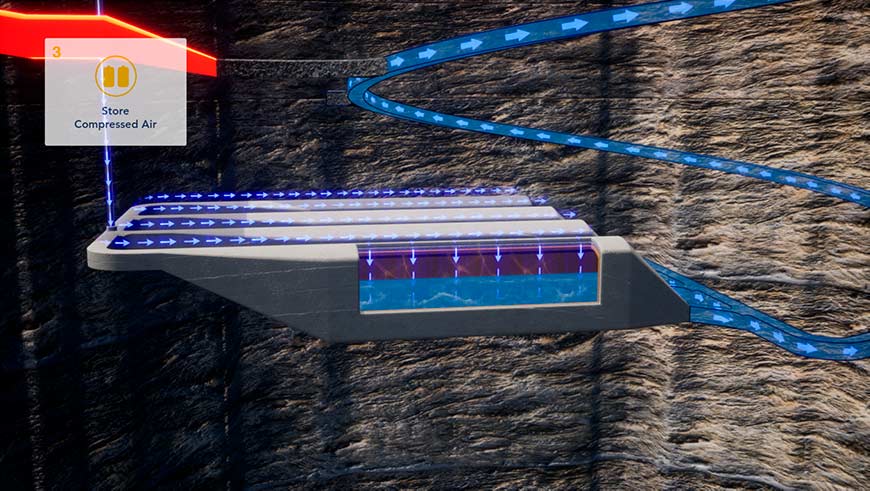 Compressed air will be stored in tunnels of the former mine site. Credit: supplied.
Compressed air will be stored in tunnels of the former mine site. Credit: supplied.
The project has also received a $3 million grant from the South Australian Government’s Renewable Technology Fund and has received support to establish an Australian headquarters for Hydrostor in Adelaide.
“This is another step in the transition of South Australia’s energy system by the integration of renewable energy into the grid to deliver cheaper, more reliable and cleaner energy,” South Australian energy minister Dan van Holst Pellekaan said.
“A-CAES is a new energy storage technology for Australia that provides synchronous inertia, load shifting and frequency regulation to support grid security and reliability.”
South Australia has emerged as a leader in the use of clean energy technologies to provide energy storage and grid support systems. The Hornsdale Power Reserve, aka the ‘Tesla Big Battery’ and the Dalrymple North energy storage systems have both been highly successful at providing effective and lower cost grid stability services, crucial as South Australia approaches 50 per cent renewable energy penetration.
